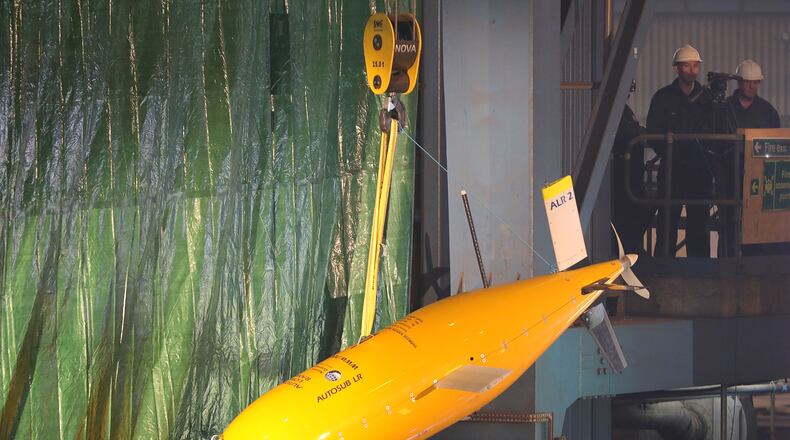The vessel that launched worldwide interest in nautical names is ready for its first voyage.
While the Natural Environment Research Council did not select "Boaty McBoatface" as the name of its polar research vehicle, because of overwhelming support, the name was bestowed upon one of the group's latest long-range autonomous submersibles.
Boaty's first mission -- shed light on how global warming is changing oceans.
"Our goal is to learn enough about these convoluted processes to represent them in the models that scientists use to predict how our climate will evolve over the 21st century and beyond," lead scientist Alberto Naveira Garabato, from the University of Southampton, told The Guardian.
The little yellow submarine will investigate water flow and turbulence in the Orkney Passage from Antarctica to the Southern Ocean. Boaty will be aboard the research ship the James Clark Ross and will depart from Chile to the Antarctic Friday.
The unmanned submarine is capable of traveling under ice, reaching depths of nearly 20,000 feet, and can send the information it collects through a radio link, according to the Guardian.
The research council received more than 7,000 suggestions after asking the public to name its research vessel. Boaty McBoatface topped the list with more than 124,000 votes, but officials eventually decided "Sir David Attenborough," would be more appropriate, given the broadcaster's decades-long career inspiring a love of nature.
Future missions for Boaty include getting outfitted with sound and chemical sensors and traveling the North Sea searching for the release of artificial release of gas beneath the seabed.
The craft will also be used in the first-ever attempt to cross the Arctic Ocean beneath the ice, according to the Guardian.
About the Author
The Latest
Featured


